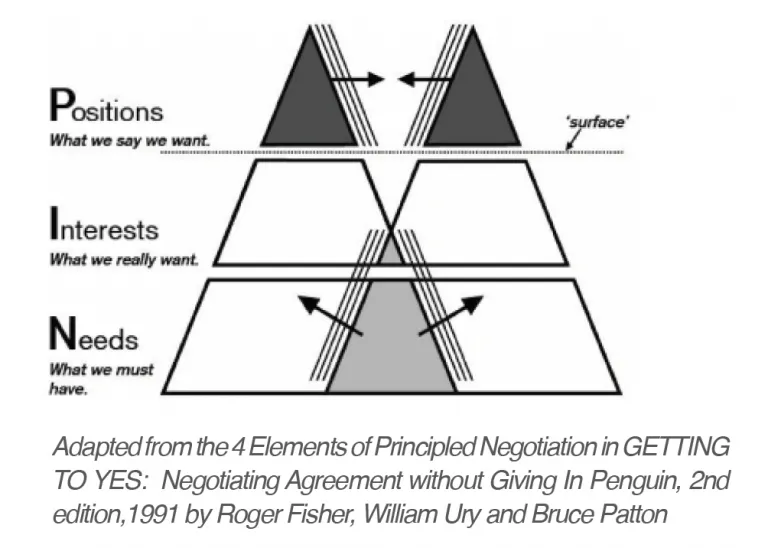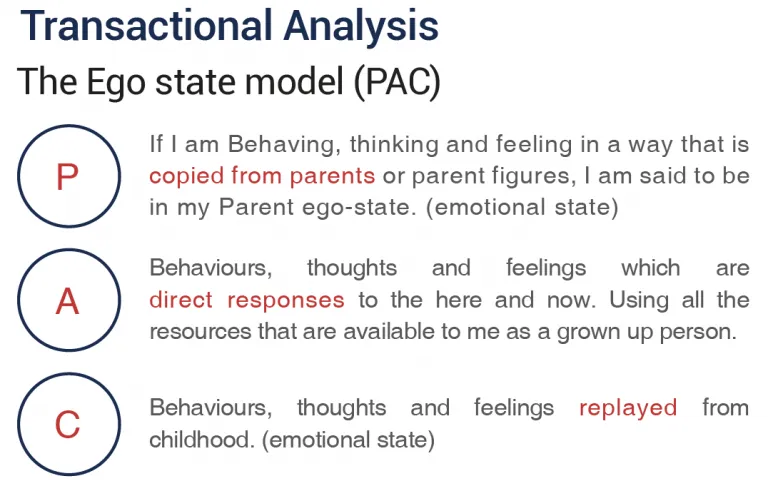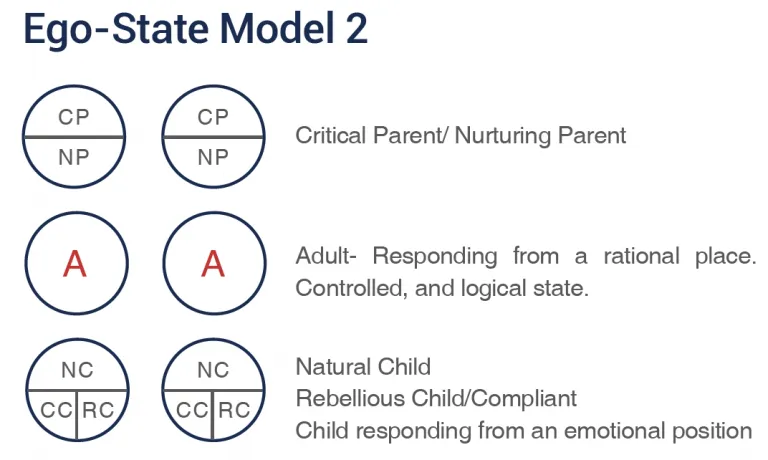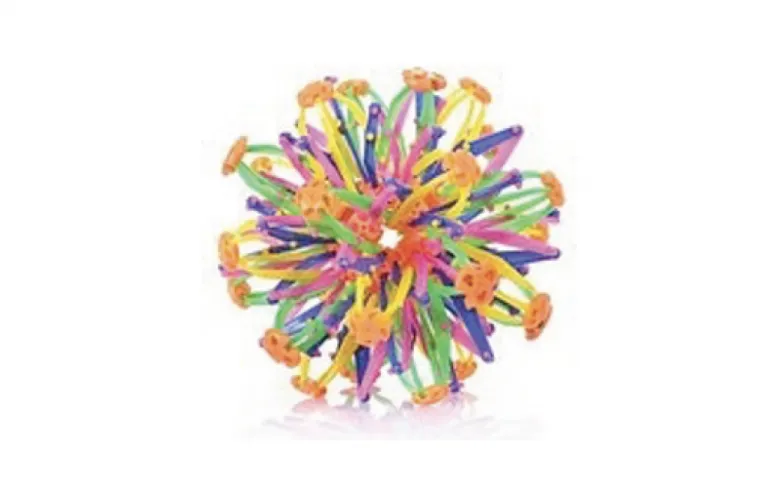I have been training mediators for 20 years, I thought you might be interested in learning about some of my tricks that seem to really help when you start mediating.
I use lots of tried and tested models and one or two I came up with myself such as the Responsibility Ball. My top 3 are:



I love TA, it gets straight to the heart of the matter in a heartbeat. You can see which ego state your parties are stuck in. I use the model in its simplest form, when people are communicating with each other they can slip into roles which tend to be almost hot wired into our brains. When one person behaves/talks like a parent the other tends to respond from child, and vice versa. People can get stuck into these patterns without any awareness- until they see the model. Learning to communicate from ADULT state is an essential for all mediators and then you are the role model for your parties, however it is an ongoing learning process that can take some time to master.
Always be overt and honest when using TA, explain the model and ask the party if they can identify their own behaviour. Don’t challenge them if they can’t take ownership as self-awareness is the key here. One of the first EQ components is self-awareness, we can’t regulate our behaviour if we don’t recognise what we are doing. TA speaks in familiar language, Parent, Adult, Child. Although the language is simple, the theory is profound and powerful. I have seen people have those wonderful transformation moments and actually take responsibility whilst looking at the model. They don’t feel blamed or judged as you have normalised the behaviour and they can now make sense of it and therefore feel motivated to move from their previously stuck position. You can now start reframing the conflict from the past, into exploring what they need going forward.

Once people stop going around in circles and get out of their own way, they have a new perspective and so can now see a way out.
TA rests upon certain philosophical assumptions.
✓ People are OK
✓ Everyone has the capacity to think
✓ People decide their own destiny and these decisions can be changed

A child’s toy that I use to help mediators grasp the concept of responsibility or ownership. If we can imagine that the ball belongs to the party, the issue
is theirs. The party however will want the mediator to take
ownership of the ball and fix their problem. I stand the new mediators round me in a circle and one by one throw the ball to each of them in turn using a well heard quip such as “How are you going to fix this?” its normal for the mediator to panic a little as they want to help and start feeling that burden of holding the responsibility for the party. This little exercise helps mediators to bring it to life, to grasp the “problem” and then find a way to hand back the ball to the party with empathy and understanding but making the boundaries clear. We cannot fix their problem. Our role is to help them get a new perspective and with clarity and new energy explore options they would not have considered previously. We can help them to have a safe joint session putting their needs forward and accepting some ownership for the dispute. A strong mediator feels confident handing back the “ball” as they understand that people are equipped to fix their problems given a safe platform and a facilitated process. By throwing the ball back to me in the training room, the new mediators let go of holding ownership for the problem and find it much easier when they get mediating
live situations.
And finally a little gem that works a treat is likening mediating to a fried egg. The yolk in the middle is the process. It’s the principles, the framework and the method. The white however is what you bring, your character, your wisdom, your unique
you-ness. Don’t try to be like your trainer or someone else from your course, just be you, congruent, honest and kind. If you can’t be kind, be compassionate and if you can’t be either your yolk will get you through but isn’t it nice to have all the egg?
Lorem ipsum dolor sit amet, consectetur adipiscing elit, sed do eiusmod tempor incididunt ut labore et dolore magna aliqua. Ut enim ad minim veniam, quis nostrud exercitation ullamco laboris nisi ut aliquip ex ea commodo consequat. Duis aute irure dolor in reprehenderit in voluptate velit esse cillum dolore eu fugiat nulla pariatur.
Block quote
Ordered list
Unordered list
Bold text
Emphasis
Superscript
Subscript